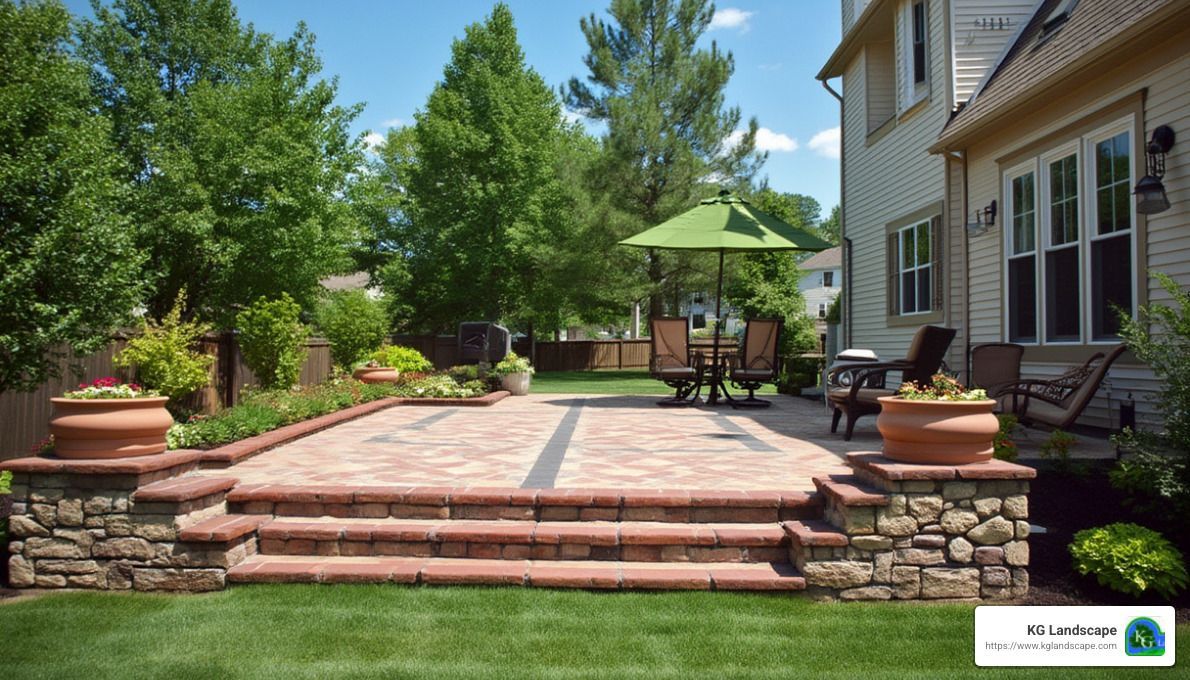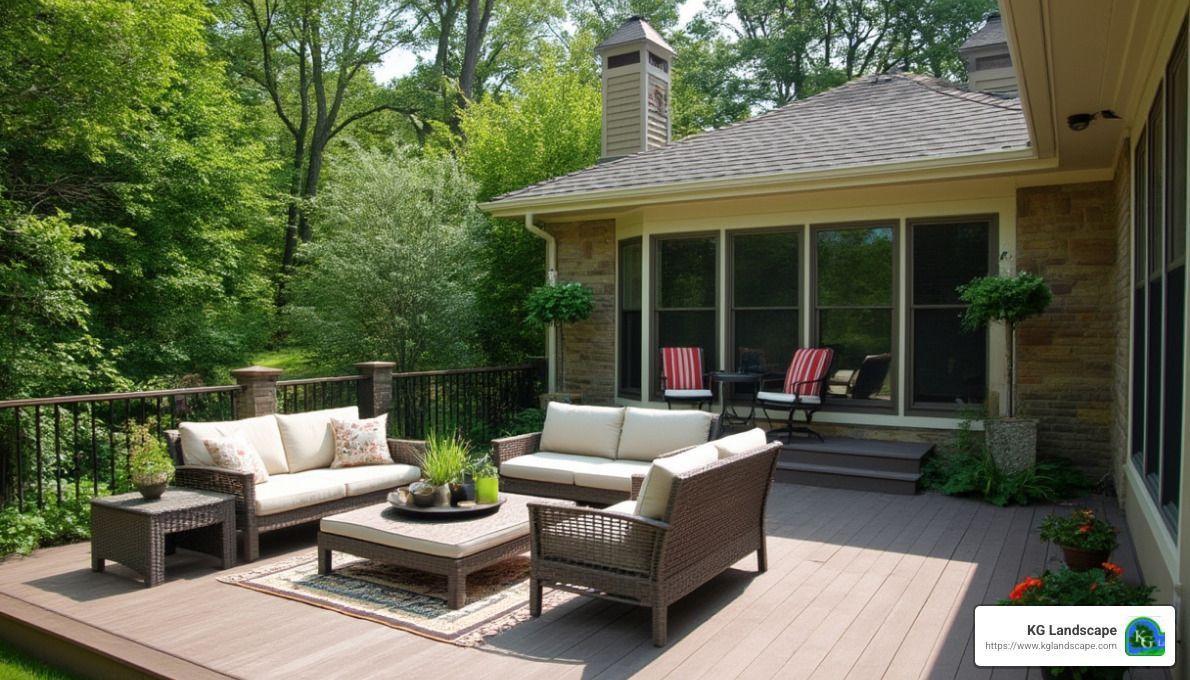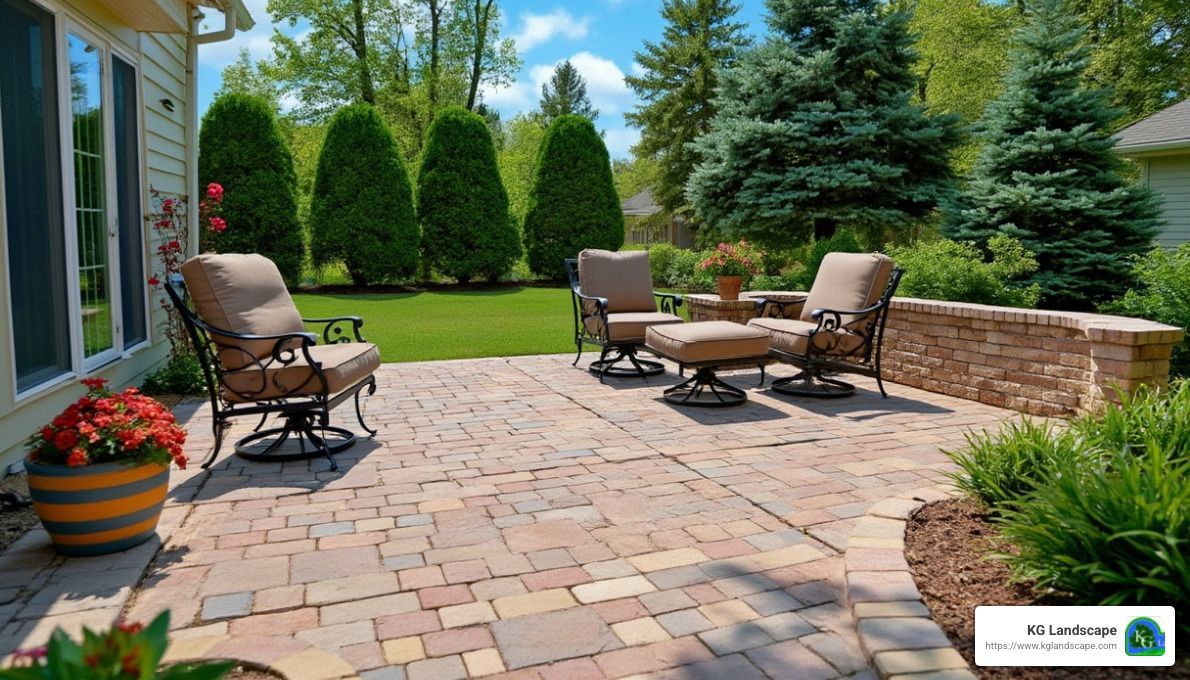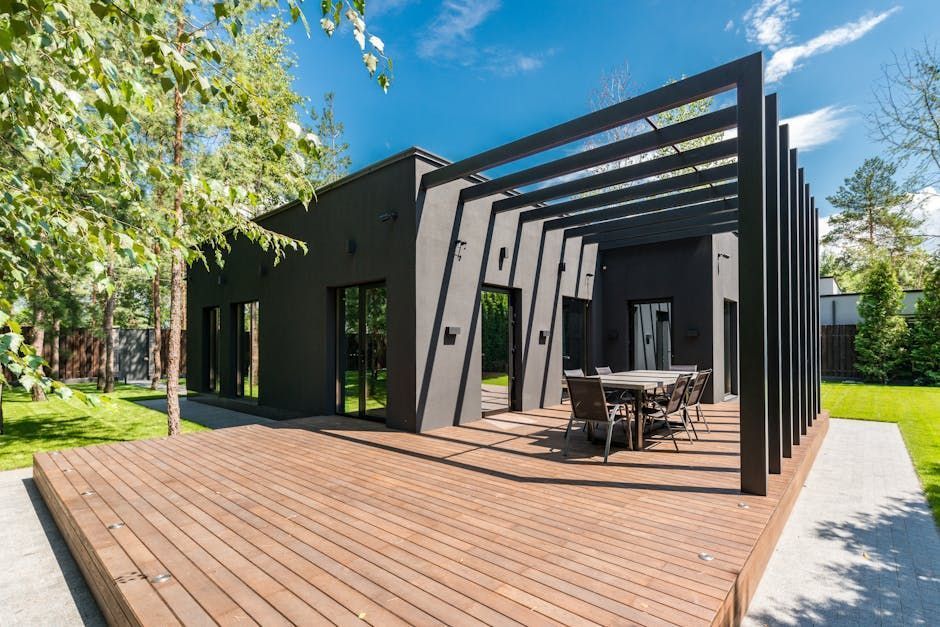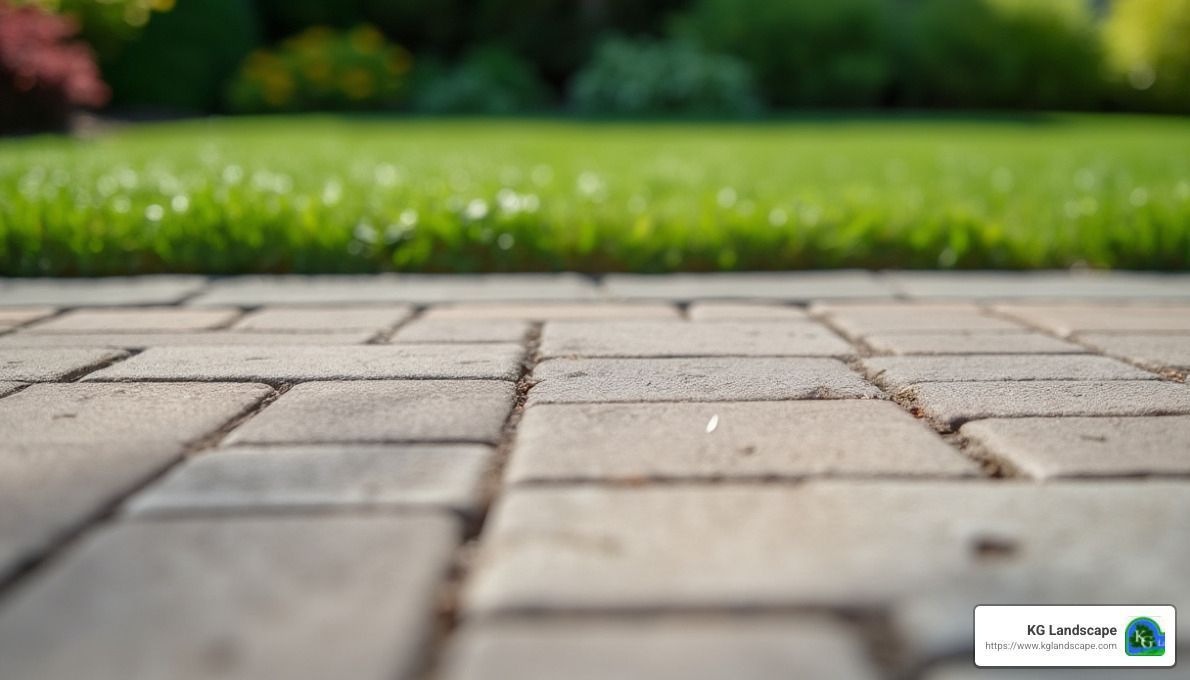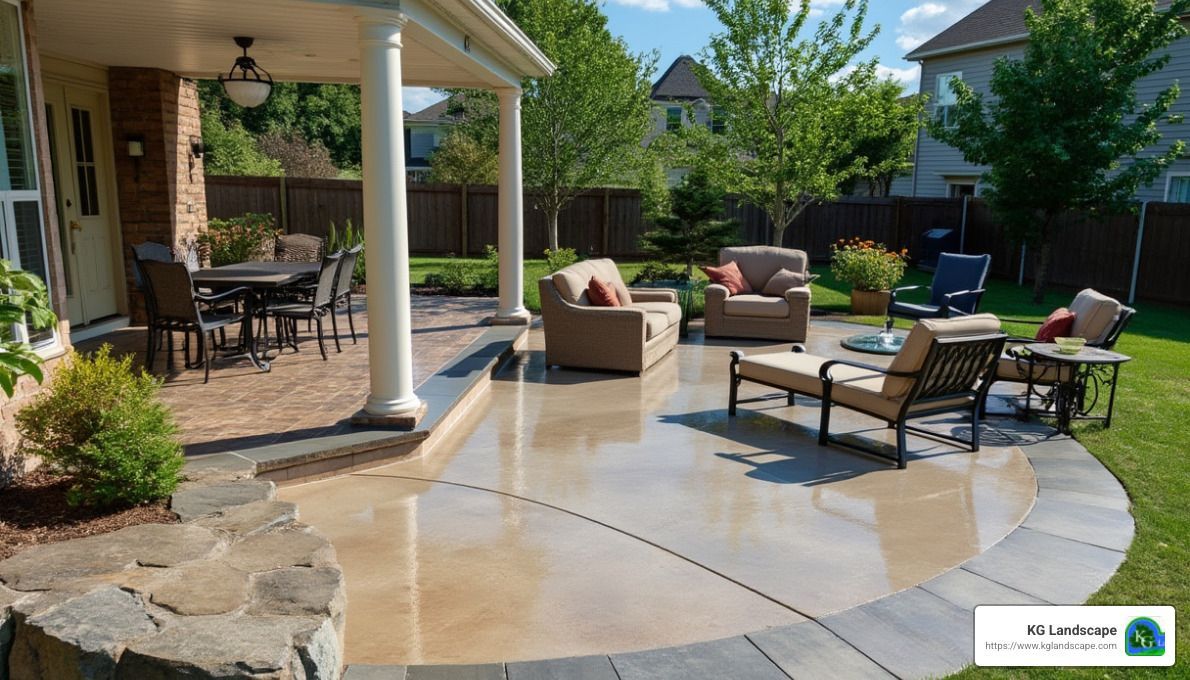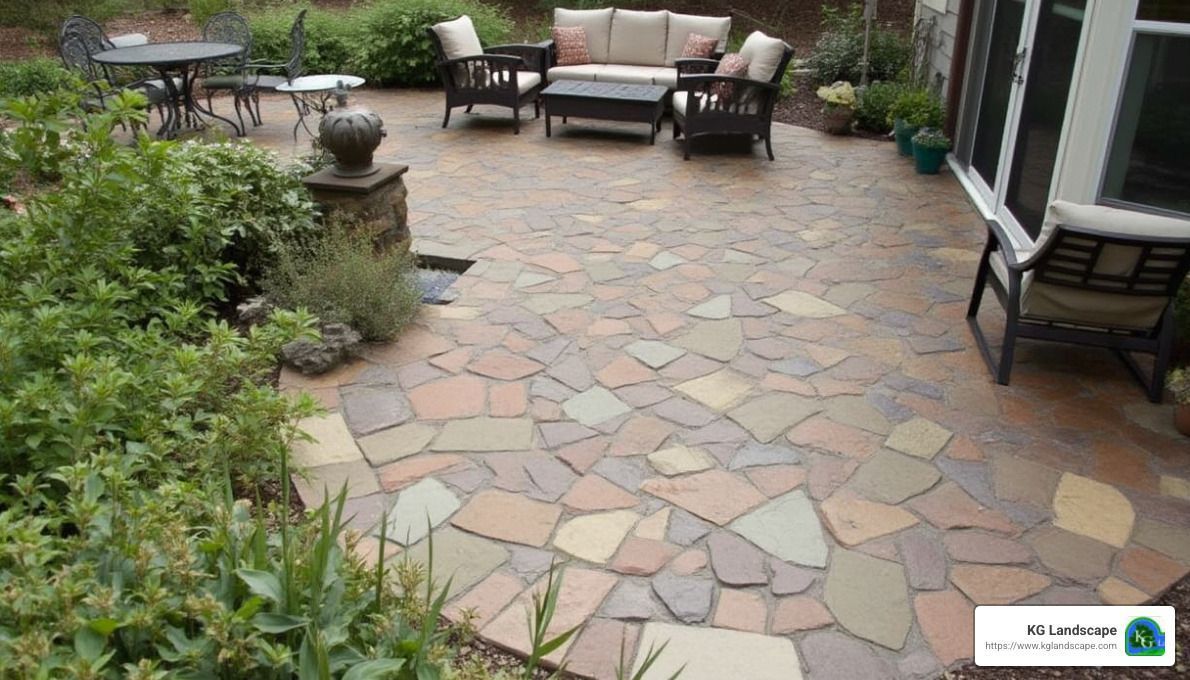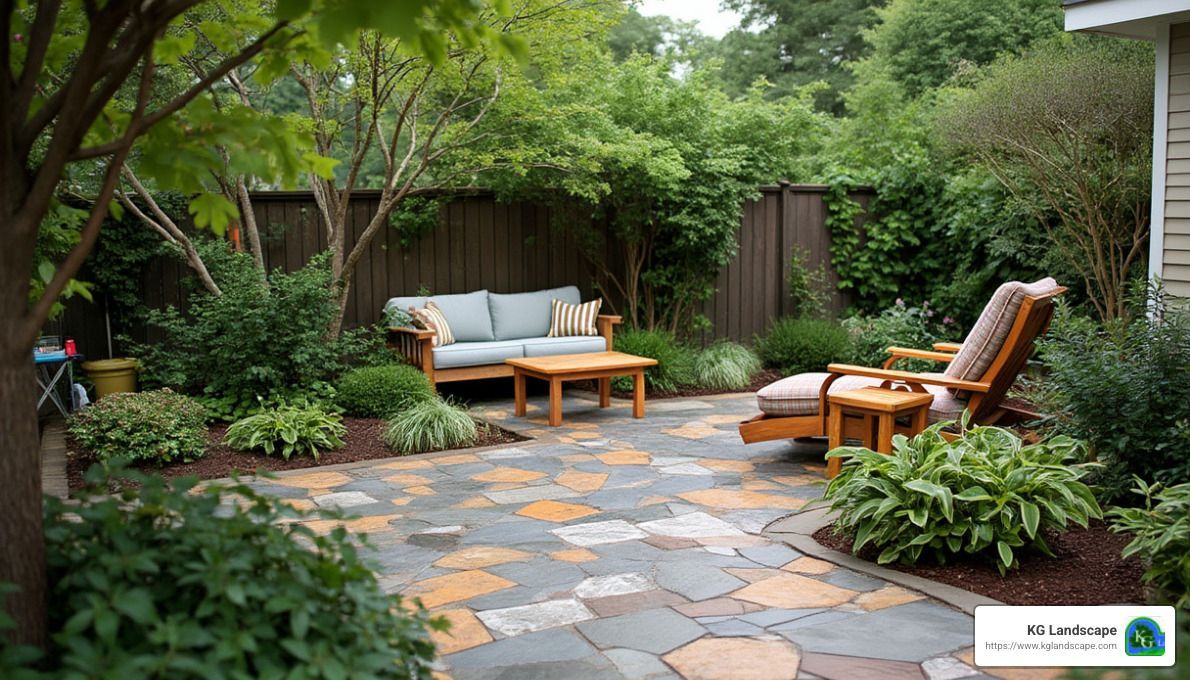The Pros and Cons of Clover Lawns
Everything You Need to Know About Planting a Clover Lawn in Minnesota
You're mulling over the idea of swapping your grass lawn with clover, huh? We get it - that's exactly what we were doing just a while ago. And oh boy, is there a lot to chew on when considering clover versus traditional grass! In this blog post, we'll explore all there is to understand about clover lawns.
From amazing benefits such as nitrogen fixation and superb drought tolerance to certain possible downsides like their vulnerability to trampling. Trust us on this one: by the time you finish reading, you're going to be pretty much a walking encyclopedia on everything related to clover!
The Pros of Clover Lawns
Clover lawns offer several benefits, such as improved soil fertility , reduced maintenance, minimal watering, no need for fertilizers or herbicides, and the ability to withstand heat and frost.
Improved Soil Fertility
Clover lawns offer an effective solution to soil fertility issues in your garden. Thanks to their unique nitrogen-fixing ability , they act as natural fertilizers for the lawn. These leguminous plants absorb nitrogen from the air and transfer it directly into the ground.
They enrich the soil, bringing balance to its pH levels, which allows even those with low-fertility conditions to flourish beautifully. You can say goodbye to buying additional fertilizers; clover lawns have you covered! This feature not only boosts your soil health but also promotes sustainable lawn care and organic gardening practices.
Reduced Maintenance
Clover lawns offer a low-maintenance alternative to traditional grass lawns. They require less mowing, which is a huge plus for those of us who want more time to enjoy our yards and less time working on them.
Clover grows slower than usual grass species, so we can put away the mower and relish in the natural beauty clover provides.
Minimal Watering
Clover lawns present an excellent solution for water conservation in home gardening. With their significantly reduced need for watering compared to traditional grass, these eco-friendly lawns can stay lush and green even during dry spells.
Their secret lies in their deep root system that taps into more soil moisture, enhancing its drought resistance. This capacity for minimal watering not only makes clover lawns a sustainable landscaping option but also reduces water usage while maintaining a pollinator-friendly environment.
Embracing the low maintenance of clover lawns contributes to natural lawn care and provides an optimal habitat for wildlife without compromising on aesthetic appeal.
No Need for Fertilizers or Herbicides
Clover lawns have a major advantage over traditional lawns - they don't require any fertilizers or herbicides. This means that you can maintain a beautiful and healthy lawn without the use of harmful chemicals.
Clover is a natural weed
suppressor that will choke out other weeds and keep your lawn pristine.Not only does this save you time and money, but it also reduces your environmental impact by promoting sustainable gardening practices. With a clover lawn, you can enjoy low-maintenance, cost-effective, and eco-friendly landscaping all year round.
Can Withstand Heat and Frost
Clover lawns are incredibly resilient and adaptable, making them able to withstand both extreme heat and frost. This means that a clover lawn can thrive no matter where you live, whether in a scorching hot climate or an area with harsh winters.
Clover lawns remain vibrant and healthy year-round, unlike traditional turf grass, which may struggle under these conditions.
The Cons of Clover Lawns
Clover lawns, although beneficial in many ways, do come with a few drawbacks.
Susceptible To Trampling
Clover lawns, while they have many advantages, are unfortunately susceptible to trampling. While clover can handle some wear and tear, it is not as durable as other types of grass. So, if you have a yard that gets a lot of foot traffic or likes to play sports on your lawn, a clover lawn may not be the best choice.
It's important to consider this before deciding whether or not to plant a clover lawn and choose the right type of ground cover for your needs.
May Have a Bad Reputation
Clover lawns may have a bad reputation, but it's important to challenge misconceptions and consider the facts. Negative perceptions of clover lawns often stem from the belief that they are just weeds invading a perfectly manicured grass lawn.
However, this unfavorable image is largely due to prejudice and stereotypes rather than any actual disadvantages.
Timing Issues
One timing issue to consider with clover lawns is that they may not adhere to the seasonal schedule of traditional grass lawns. While most types of grass need to be planted in the spring or fall, clover can often be sown at any time during the growing season.
This means that if you are looking to establish a new lawn or reseed an existing one, you may have conflicts with when other grass varieties should be planted. It's important to keep this in mind and plan accordingly if you choose to incorporate clover into your lawn.
Potential for Spreading Too Far
Clover lawns have the potential to spread too far, which can be a disadvantage for some homeowners. Clover is known for its rapid growth and creeping roots that can quickly invade neighboring lawns and garden areas.
This unwanted growth may become a problem, especially in confined or shared spaces where the clover can encroach on other plants or take over the entire lawn. Careful consideration should be given to the potential for spreading before planting a clover lawn to avoid any issues with garden invasion or having it take over areas where it's not wanted.
Starting a Clover Lawn
To start a clover lawn, you can follow these steps: prepare the soil by removing any existing grass or weeds, choose the type of clover that suits your lawn's needs, and mix it with turfgrass if desired.
How to Plant a Clover Lawn
To plant a clover lawn:
- Start by mixing clover seeds with soil or fine sand.
- Spread the mixture evenly over the desired area where your lawn grows.
- Make sure not to bury the clover seeds too deeply into the soil.
Lightly press them into the ground and water thoroughly. Regular watering will help germinate the seeds and establish strong roots. Remember to choose the right type of clover for your climate and region, as different varieties thrive in different conditions.
With proper care and maintenance, you'll soon have a lush and vibrant clover lawn that requires minimal effort to keep it looking its best.
Types of Clover for Lawns
There are several types of clover that can be used for lawns. One common option is
white clover , which is often chosen for its ability to tolerate foot traffic and its nitrogen-fixing properties that improve soil fertility.
Another popular choice is
microclover , a small-leaved variety that creates a dense ground cover and requires little mowing. Additionally, different varieties of clover are available, each with unique characteristics and benefits. Whether you're looking for a lawn substitute or a groundcover option, clover offers a range of choices to suit your needs.
Mixing Clover With Turfgrass
Mixing clover with turfgrass can create a thriving lawn ecosystem. By combining the two, you can enjoy the benefits of both grass and clover in your yard. Clover adds nitrogen to the soil through its unique process called nitrogen fixation, which improves soil health and promotes lush growth in your turf.
This natural fertilizer reduces the need for additional fertilizers, saving you time and money. Additionally, clover has low water requirements, helping to conserve water in your lawn.
It provides shade for the grass, protecting it from extreme temperatures. So, if you have an area with more foot traffic or want to enhance biodiversity in your yard, mixing clover with turfgrass is a great solution.
In terms of starting a clover lawn that includes turfgrass, there are a few things to consider. First, choose types of clover that are compatible with lawns and blend well with existing grass varieties.
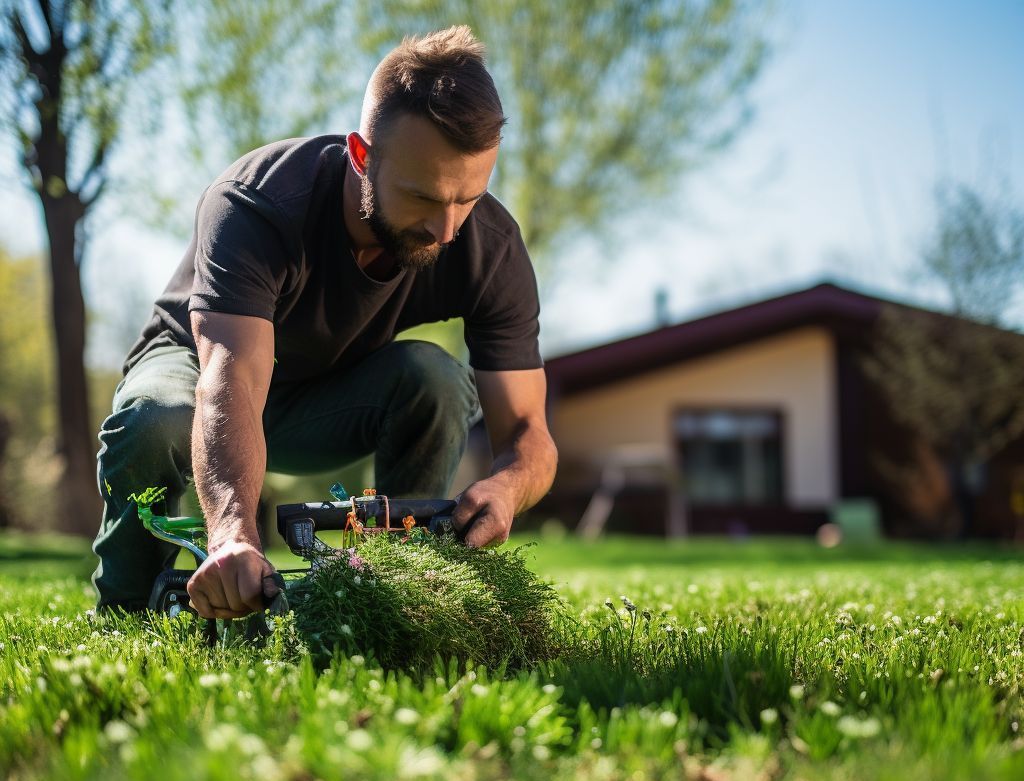
Caring for Your Clover Lawn
To care for your clover lawn, mow it infrequently and at 2-3 inches in height to allow the clover to thrive. Water the lawn sparingly, only when necessary, as clover is drought-tolerant.
Minimal Ongoing Maintenance Costs
Maintaining a lawn can often be an ongoing expense that adds up over time. However, The story is quite different. Clover requires minimal ongoing maintenance compared to traditional grasses, making it an affordable choice in the long run.
Here's why:
- Watering : One major advantage of clover lawns is their drought tolerance. Clover has deep roots that allow it to access water from lower soil levels. This means less frequent watering is required compared to traditional grasses.
- Mowing : Unlike grass lawns that need regular mowing to maintain their height and appearance, clover lawns have slower growth rates and generally require less frequent mowing.
- Fertilizing : Traditional grasses often require regular fertilization to stay healthy and vibrant. In contrast, clover has natural nitrogen-fixing properties that eliminate or reduce the need for additional fertilizers.
- Weed Control : Another significant benefit of having a clover lawn is its ability to suppress weeds naturally due to its dense growth habit. This reduces the need for herbicides and weed control products, saving homeowners money.
Clover Lawn Mowing Frequency
To keep your clover lawn looking its best, it's important to maintain regular mowing. Generally, you'll want to mow your clover lawn once a month , which is much less frequent than traditional grass lawns.
This consistent maintenance helps control the height of your clover lawn, keeping it around three to four inches tall. However, established clover lawns are typically low-growing and may not require any mowing at all unless you're trying to discourage bees.
For optimal results, aim to mow in midsummer after the clover has bloomed and dropped its seeds and again four to six weeks before the first fall frost. With this proper mowing schedule, you can ensure a healthy and attractive clover lawn year-round.
Clover Lawn Watering Requirements
Maintaining a clover lawn is incredibly easy when it comes to watering. Unlike traditional grass lawns that require frequent irrigation, clover lawns need minimal water to thrive. During dry spells, occasional watering is sufficient to keep the clover healthy and green.
However, it's important to note that watering may be slightly more frequent during the establishment phase of a clover lawn. This is because newly planted clovers need some extra moisture to encourage growth and root development.
Thankfully, once established, the
deep-rooted nature of clover allows it to draw moisture from deeper soil layers, reducing the need for regular watering. Compared with grass lawns that typically require an inch of water per week, choosing a clover lawn can significantly reduce your water consumption while enjoying a beautiful and lush landscape.
Managing Trampling and Wear on Clover Lawn
To keep your clover lawn healthy and looking its best, it's crucial to manage trampling and wear. While a clover lawn can handle light wear and tear, it is not as durable as a traditional grass lawn.
Therefore, avoiding heavy foot traffic on your clover lawn is important to prevent damage. Additionally, mowing the lawn while the flowers are in bloom can be detrimental since the flowers serve as a food source for the clover.
By being mindful of foot traffic and avoiding excessive trampling, you can maintain your clover lawn's overall health and longevity.
Deciding if Clover is the Right Choice
Consider your foot traffic and aesthetic preferences before deciding if a clover lawn is the right choice for you.
Assessing Foot Traffic
To determine if a clover lawn is the right choice for your outdoor space, it's important to assess the level of foot traffic it receives. Evaluating pedestrian activity will help you select the optimal ground cover that can withstand use and maintain its appearance.
A pure clover lawn can be suitable for areas with moderate foot traffic . However, if you have more people walking on your lawn regularly, it may be best to combine grass and clover for added durability.
Considering Aesthetic Preferences
Clover lawns are not only practical but also visually appealing options for homeowners who want to break away from traditional grass lawns. With their unique texture and vibrant green color, clover lawns offer a refreshing alternative that can give your yard a distinct look.
Unlike regular grass, the small clover flowers add a touch of beauty to the landscape while maintaining a low-growing and textured appearance. So, if you're looking for an unconventional yet visually pleasing lawn option, consider the aesthetic charm of clover lawns as part of your landscaping journey.
Erosion Control Provided by Clover Lawns
Clover lawns offer more than just a vibrant and eco-friendly alternative to traditional grass lawns. They also play a crucial role in erosion control, especially on slopes or bare areas where soil erosion is a concern. The dense root systems of clover are the key to their effectiveness in preventing soil erosion.
Dense Root Systems for Soil Binding
One of the main reasons why clover lawns excel at erosion control is due to the extensive network of roots they develop. These roots penetrate deep into the soil, binding it together and creating stability. Unlike turf grasses that have shallow root systems, clover's roots are much denser and more robust.
This dense root system acts as a natural barrier against water runoff during heavy rains. When rainwater hits the ground, it can easily wash away loose topsoil on slopes or bare areas. However, with clover's strong root structure holding the soil in place, this runoff is significantly reduced.
Stabilizing Soil in Sensitive Areas
Erosion control becomes even more critical in environmentally sensitive areas such as near water bodies or steep slopes. Traditional grass lawns may struggle to establish themselves in these challenging conditions, leaving the soil vulnerable to erosion.
Clover lawns provide an excellent solution for stabilizing the soil in such areas. Their resilience allows them to thrive where other grasses might fail. By covering the ground with a living mulch of clover, you create an effective shield against erosion.
In Conclusion
Clover lawns offer numerous benefits, such as improved soil fertility, reduced maintenance, minimal watering, and natural weed control. However, they may not withstand heavy foot traffic and can spread to unwanted areas if not managed properly.Consider your needs and preferences before deciding if a clover lawn is the right choice for you.

